Hostas are indispensable components of shade gardens throughout the United States. Consequently, they have become one of the most economically important herbaceous perennials for horticulturalists, hybridizers and hobbyists. Much of this plant’s popularity is due to the fact it is relatively free of diseases. Nevertheless, several viruses can reduce the aesthetic value and overall vigor of these prized ornamental plants. Hosta virus X (HVX) is a Potexvirus that is transmitted via plant-to-plant contact of infected plant sap during activities such as pruning or dividing plants. This virus infects hostas only, and it is the most common virus detected on hostas throughout the Midwest and eastern U.S. (Figure 1.) However, several viruses have been confirmed to infect hostas, and viral screens typically include seven in addition to HVX (Table 1.). Hosta growers should consider all suspects to make informed disease management decisions.
by Robert S. Emmitt
Orthotospoviruses known to infect hostas include Impatiens necrotic spot virus (INSV) and Tomato spotted wilt virus (TSWV). In addition to mechanical transmission, both viruses are transmitted by multiple species of thrips (order Thysanoptera) in the garden and greenhouse. Thrips feed on a wide range of plant species, including herbaceous perennials, bedding plants, annual horticultural crops, row crops and several weedy species. Moreover, these viruses are known to infect over 1000 species of plants throughout the world. The range and diversity of host-virus-vector interactions can facilitate epidemics in regions of the country where thrip populations are high.
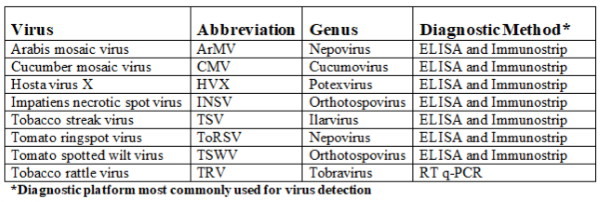
Table 1. Viruses included on Agdia’s Hosta testing screen
Symptoms of INSV and TSWV on hostas include stunting and chlorotic ringspots arranged in discrete concentric circles forming a target spot or bull’s-eye appearance (Figure 2.). This is due to the feeding patterns of thrips, and symptoms manifest at the point of infection. These spots can coalesce and form necrotic lesions impacting the ornamental value of the plants.
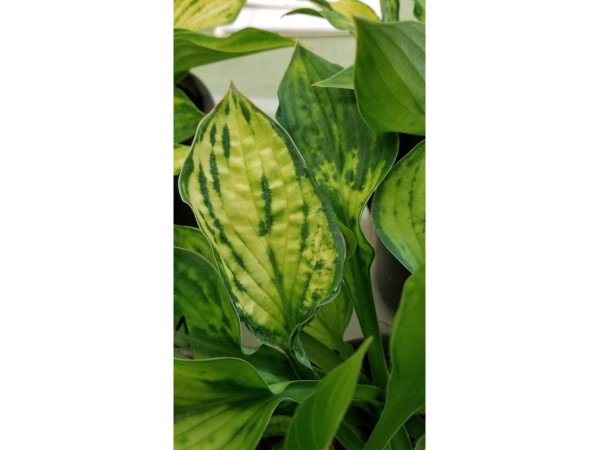
Figure 1. Typical symptoms of HVX on Hosta. Image courtesy of Grace Anderson, University of Minnesota
Arabis mosaic virus (ArMV) is a Nepovirus with a wide range of hosts, including roses, grapes, hops, tomatoes and several herbaceous perennials. The frequency of ArMV infections in hostas has increased since the virus was first detected in Hosta in 2004. This is due in part to the increase in production and international movement of infected propagative materials. The Nepoviruses are transmitted mechanically (sap), through seed and via several species of soil-inhabiting nematodes. In addition to ArMV, a second Nepovirus, Tomato ringspot virus (ToRSV) is confirmed to infect hostas. These viruses can cause chlorotic spots, mottling, leaf and flower distortion, mosaic and line patterns (Figure 3.). Moreover, plant stunting has been observed in correlation with Nepovirus infections.
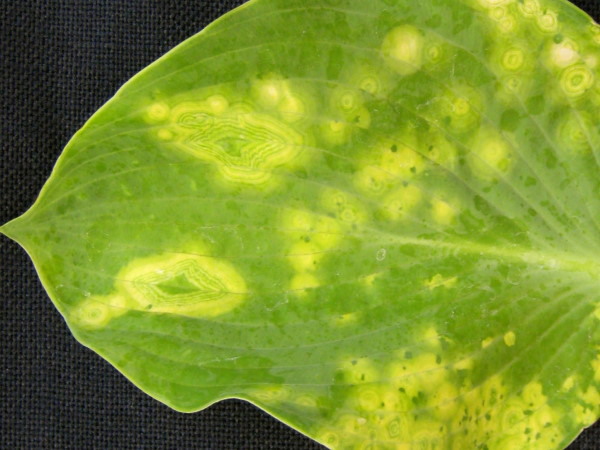
Figure 2. Ringspot symptoms of INSV on Hosta. Image courtesy of Plant Clinic, University of Minnesota
Cucumber mosaic virus (CMV) is the type member of the Cucumovirus genus and is distributed worldwide. Like the Orthotospoviruses, CMV has an extensive host range and infects more than 1000 plant species. Hosts of CMV include nearly all cucurbit species, beans, tomatoes, peppers, carrots, spinach, celery and numerous ornamental plants. Moreover, many weeds such as common chickweed, Stellaria media, can be infected and remain symptomless, acting as reservoirs for the virus when cultivated hosts are not available. More than 80 species of aphids (order Hemiptera) can transmit CMV in a non-persistent manner. Due to the rapidity with which CMV can be acquired and transmitted by aphids, chemical management of these vectors is impractical for virus management. Symptoms of CMV on hostas include mottling, mosaic patterns and spotting. Symptoms have been known to disappear over the course of the growing season.
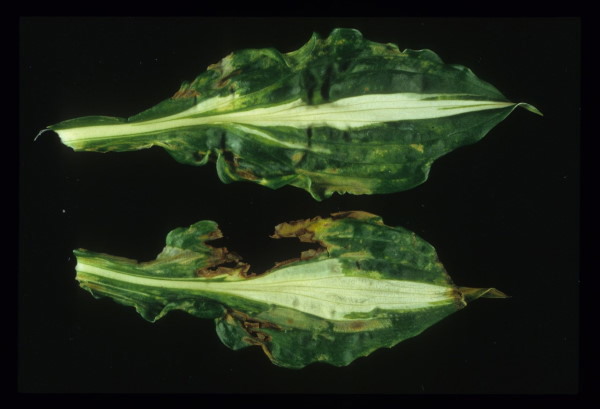
Figure 3. Typical symptoms of ArMV on Hosta. Image courtesy of Benham Lockhart, University of Minnesota
The viruses mentioned above have several general components in common, including the presence of a coat protein. The coat protein functions as a protective covering for the fragile genetic material it envelops. Moreover, the coat protein is a common target for serological diagnostic tests such as ELISA and the ImmunoStrip (Agdia, Inc., Elkhart, IN), both of which rely on the presence and novelty of these gene products. Tobacco rattle virus (TRV, Tobravirus) has strains that are known to lack a coat protein while being able to infect hostas. Therefore, traditional serological diagnostic tests are unreliable for detection of this virus, and molecular tests such as PCR should be used.
Tobacco rattle virus is globally distributed and has a wide host range including several common ornamentals, such as astilbe, bleeding heart, epimedium, marigold, peony and tulip. Moreover, TRV can cause serious disease in beans, peppers and potatoes. This virus is transmitted primarily by root-feeding nematodes but can be spread efficiently on contaminated hand tools and via vegetative propagation. Symptoms of TRV are variable depending on host and environmental conditions. On hostas, symptoms include mottling, mosaic, necrosis and ringspots (Figure 4.).
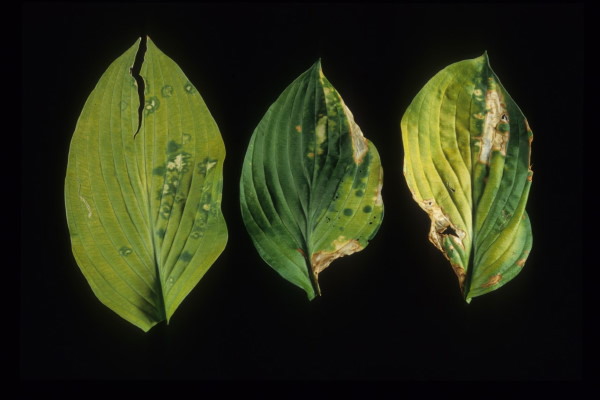
Figure 4. Typical symptoms of TRV on Hosta. Image courtesy of Benham Lockhart, University of Minnesota
As mentioned above, all suspects must be considered to make informed management decisions. The symptoms of several viruses are similar and can mimic abiotic issues, such as nutrient imbalance. Moreover, many viruses infecting hostas have wide host ranges, infecting common vegetable hosts and ornamental perennials planted throughout the landscape. The most effective step in virus management is exclusion of viruses altogether, and diagnostic testing is the cornerstone of an effective management program. Once infected, plants remain infected for life as no curative therapies are available for viruses. Diagnostic testing is the primary means of identifying viruses and excluding infected plants before introduction into prized plant collections.
For more information: Agdia
Agdia
Robert Emmitt
robert.emmitt@agdia.com
info@agdia.com
